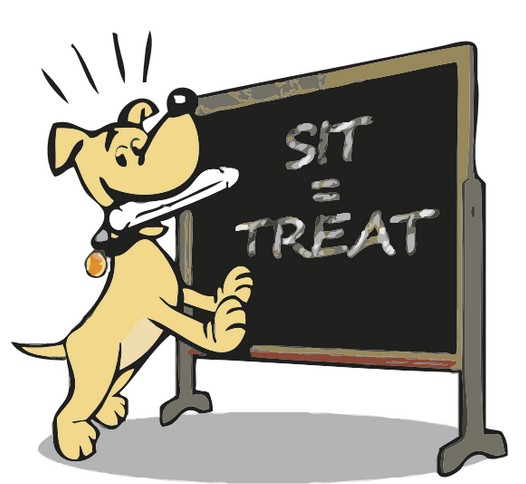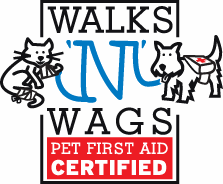 Saturday, August 23
Saturday, August 23 5 Training Games Dogs Love at Woof & Shloof
I wanted to share a few of the games that you might find on our daycare report card, why we play them and why dogs enjoy them. The point of all of these games is to creatively use our indoor space to engage the pack, cultivate focus, reinforce basic ettiquette and training, and provide stimulation in between walks/play/human love, the other activities that happen here...
Stuffed Kong Chew: Using more kongs than dogs helps make resources abundant, and less likely to be protected or (guarded). Our favourite kong is the black industrial chew, the same that police and bomb dog trainers prefer. I love stuffing them with freeze dried salmon (so stinky and good), smoked tripe (also stinky and good), or sometimes nothing. This game requires direct supervision and offers a tremendous outlet for biters, chewers, and bored dogs. It’s also an opportunity to train the pack about respecting ‘my resource’, and this skill transfers to the home life. It’s a building block that can easily transfer to ‘my door’ (don’t run out the door), ‘my guest (don’t jump on my guest’), ‘my new shoes’ (this one’s obvious), ... etc. etc. To reinforce non-resource guarding I like to interrupt the dogs (infrequently) from chewing their kong, ask them to sit/down, then reward again with the kong.
Rope Tug: Exercising caution that this game doesn’t escalate into aggressive behaviours, it is a really fun and natural game for dogs to engage it. Again, using more ropes than dogs, this game helps us teach dogs not to bite our hands, not to play at an aggressively high level (self discipline). It channels the natural ‘wrestling’ type of play into something controllable and safe. The rope becomes a huge motivator... we use this motivator to reinforce ‘drop it’ and ‘bring it’... two essential skills for teaching fetch or not picking up garbage off the street. The advanced version is teaching two dogs to play with one another.
Follow the Leader: It’s really neat to see 25 calm dogs following a human leader around... concentrating on him...starting and stopping on command...sitting on command...being patient...respecting the communal space... being aware that there are other dogs in the space (not just them!). This game is an excellent pack ‘redirect’... We play this game often. Healthy kibble, attention, praise are the prime reinforcers here. This game helps us acclimatize an over excited dog and it helps us shape their often fragmented focus.
Ball: Using more balls than dogs, I really like to bring the balls out early in the morning to quickly drain a lot of energy and set the tone for the day. Dogs play two kinds of games... Chase and Wrestle. This game channels the natural ‘chase’ instinct and play. On a given day, only a few dogs know how to fetch, retrieve and drop it, so we use them as the models in the game. At the same time, it’s not fun for the pack if these few dogs always win the ball. There’s a skill in playing fetch with the pack... this is why we use lots of balls and the concept of strategic throwing.
Leave it Games: This game builds on the skills and motivations used in the first three... this is where we have something of really high value to the pack. It might be 15 balls in a pile on the middle of the floor after 10 minutes of fetch. It might be all the kongs, freshly stuffed. It might be several bowls of treats... anything really. The key concept here is ‘don’t touch’... when you’re patient, calm and lying down (aka, acting like a perfect dog) we’ll reward you again. This game cultivates a tremendous amount of focus, respect and reinforces ‘calmness’. This is advanced training work and pays dividends at home.








Reader Comments